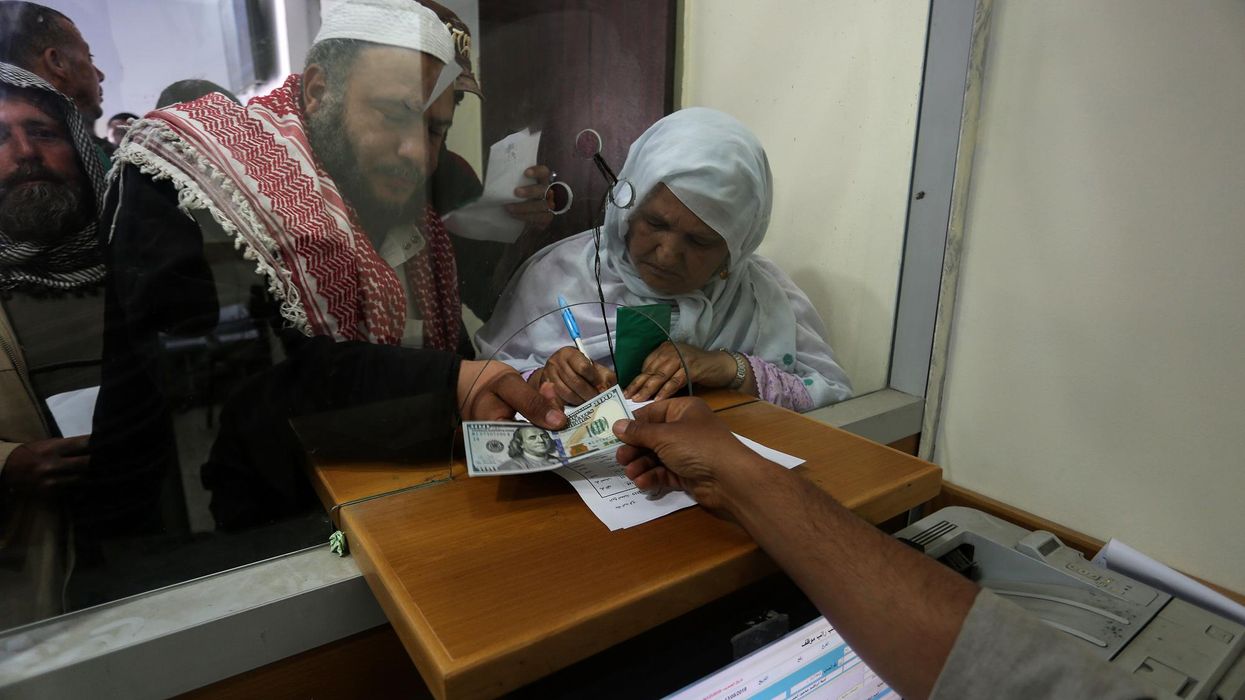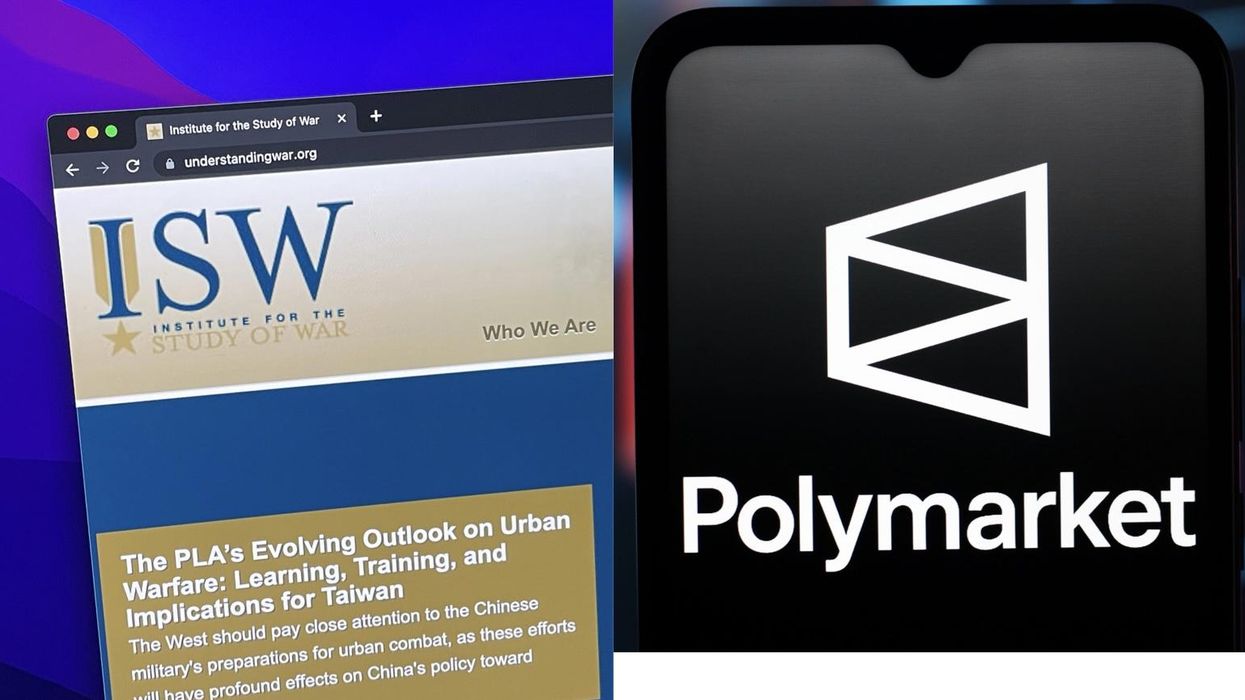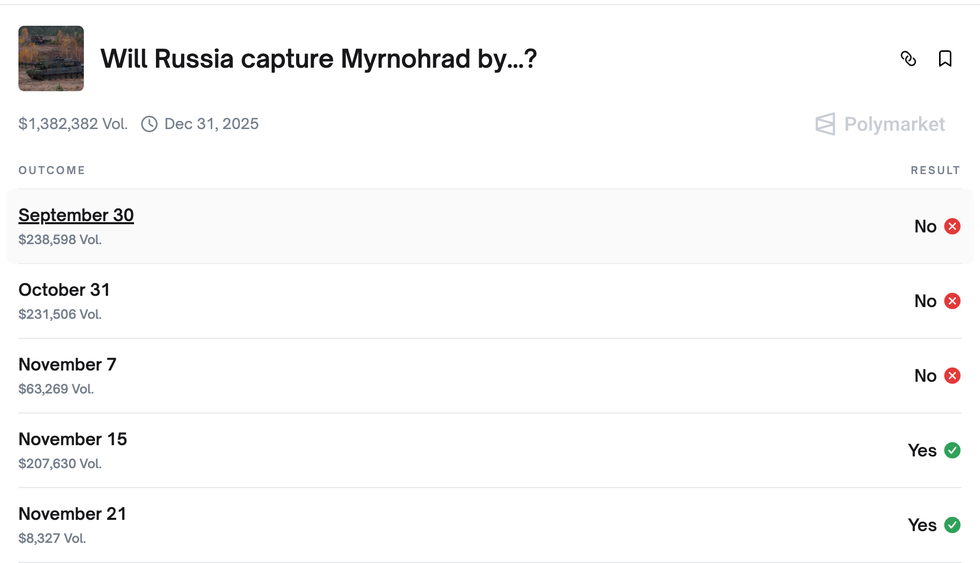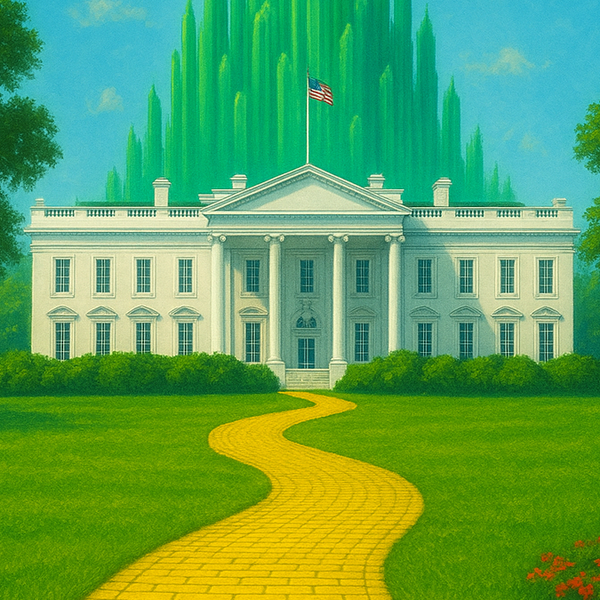Since President Joe Biden was inaugurated on January 20, Iranian and U.S. officials have postured in public remarks over who should make the first move in returning to the Iran nuclear deal or the Joint Comprehensive Plan of Action. Underlying this debate, however, are questions of how each party can come back into compliance with the deal and what barriers stand in the way. Iran will need to reverse a number of steps it has taken in ramping up its nuclear program. The Biden administration, on the other hand, must contend with a series of sanctions and designations that were inherently designed to make returning to the JCPOA more difficult.
Known as the “sanctions wall,” architects of the Trump administration’s Iran policy targeted entities subject to nuclear-related sanctions relief under the Obama administration with duplicative terrorism designations. They said this double layer could create a “sanctions wall of political and market deterrence” to undermine a future administration's ability to ease or lift sanctions. But on closer examination, their efforts created less a “wall” than a transparent edifice built on political calculations.
The JCPOA’s foundation was predicated on the United States and the international community providing Iran sanctions relief for verifiable constraints on Iran’s nuclear program. Within the deal, Washington differentiated between “nuclear-related” sanctions and “non-nuclear,” both delineated by why each specific sanction was imposed. Contrary to the narrative of JCPOA opponents, many non-nuclear sanctions remained in place under the agreement, including various sanctions targeting Iran’s armed forces, Iranian entities linked to designated extremist groups, and human rights abusers.
Sanctions on Iran’s financial and oil sectors formed the core of anticipated U.S. sanctions relief under the agreement. This included obligations to lift sanctions on “the Central Bank of Iran (CBI) and other specified Iranian financial institutions,” such as some of Iran’s largest private banks. Washington was also obligated to lift secondary sanctions on Iran’s oil sales, including all “efforts to reduce Iran's crude oil sales, including limitations on the quantities of Iranian crude oil sold and the nations that can purchase Iranian crude oil.”
When Trump ended U.S. participation in the nuclear deal in May 2018, he not only reimposed all of the nuclear sanctions referenced above, but also began the process of layering these sanctions with “non-nuclear” designations under terrorism authorities (such as E.O. 13224) and adding new designations to entities that had never been sanctioned before. The aim of this effort was clear: it was not to secure more Iranian concessions, but rather to muddy the waters on what is a “nuclear-related” sanction so as to make Washington’s return to compliance more difficult.
Trump administration officials and their allies were not subtle about their strategy, even boasting that they planned to unleash a “flood of sanctions” to sabotage any effort by a successor president to reenter the deal. Proponents of these sanctions cheered on the new wave of designations, stating, for example, that "the Trump administration should do more to strengthen its ‘sanctions wall of deterrence,’ whose purpose is to deter market players from returning to business with Iran even if the United States rejoins the JCPOA."
In September 2019, the U.S. Treasury Department redesignated the Central Bank of Iran, the Iranian equivalent of the U.S. Federal Reserve, under terrorism authorities. Treasury’s Office of Foreign Assets Control, or OFAC, also designated Iran’s entire financial sector, as well as a number of other Iranian financial institutions under the same authorities. The Trump administration also applied additional layers of terrorism sanctions under Executive Order 13224 on Iran’s fossil fuel and shipping companies. Sanctions were also placed on the Supreme Leader’s office, Foreign Minister Javad Zarif, along with a host of other upper-echelon civilian leaders within the Iranian government. Many of those were also based on their alleged links to terrorism.
It didn’t take long for members of Congress who support the “sanctions wall” to question Biden’s incoming foreign policy team on these designations. At Secretary of State Antony Blinken’s confirmation hearing, Senator Ted Cruz highlighted his assessment of the importance of terrorism sanctions on Iran’s financial and oil sectors and asked Blinken if he “believe[s] it is in America's national security interests to lift those terrorism sanctions and to allow billions of dollars to go once again to funding terrorist activities?” Senator Jim Inhofe, another supporter of the Trump administration’s “maximum pressure” campaign, penned an op-ed in Foreign Policy detailing how he and his allies in Congress intend to make it difficult for Biden to return to the deal.
Opponents of the JCPOA hope to force Biden to accept their moving goalposts on sanctions relief and inherit Trump’s failed approach. However, the new president has vast authority over U.S. sanctions policy and has the authority to bring Washington back into the deal if he so chooses. What’s equally important, removing these designations goes part and parcel with returning to compliance with the JCPOA.
By their very nature, these terrorism designations negate the promised tradeoffs in the JCPOA and must be lifted for the United States to uphold its obligations. The power of the U.S. dollar and of the U.S. economy in world markets means that virtually every country and global enterprise will likely choose to avoid the risk of secondary sanctions at the expense of accessing Iran’s economy. Iran’s Central Bank controls the majority of Iran’s foreign exchange reserves, the lifeblood of its trade with other nations. Its other private banks are crucial for foreign companies and very few will risk doing business with Iran as long as these designations remain in place.
Similarly, the importance of oil exports to the health of Iran’s economy means energy-related designations cut to the heart of the deal’s foundational bargain. Thirty percent of Iran’s 2019-2020 budget was dependent on revenues from its oil exports. As a result, a Biden administration would have almost no chance of restoring Iran’s compliance with the JCPOA without rescinding the Trump administration’s bad-faith designations of key entities in Iran’s oil and financial sectors.
The Trump administration's sanctions were part of a political strategy to tie the hands of a successor administration. These Trump-era designations are “non-nuclear” in name only and should be treated as such. They were designed to sabotage diplomacy on the nuclear issue and should thus be treated as nuclear sanctions. Without their reversal, Iran has no incentive to come back into compliance with the deal, making its collapse almost certain and potentially adding a new nuclear crisis to President Biden’s already dizzying agenda.

















